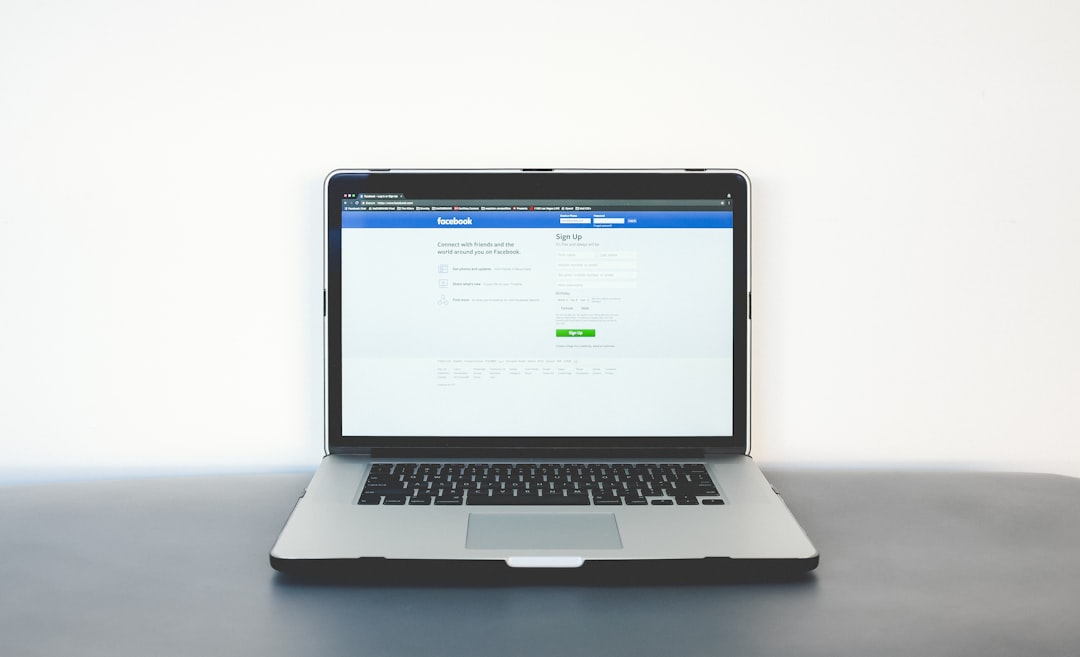During what was expected to be the most successful email campaign of the quarter, a sudden interruption brought everything to a grinding halt. Midway through launching thousands of crucial transactional and promotional emails, SendGrid unexpectedly paused the sender’s account due to what it labeled as “suspicious activity”. What followed was a scramble to verify, resume, and restore operations—time-sensitive and financially important efforts temporarily placed at risk.
TLDR (Too Long, Didn’t Read)
SendGrid paused the account mid-campaign due to automated detection of suspicious activity, likely triggered by a spike in volume or engagement irregularities. The verification process to recover the account was straightforward but time-sensitive. It involved answering several questions about the nature of the campaign and manually confirming sender identity. Following successful completion, full sending capability was restored with added monitoring recommendations from SendGrid.
Sudden Disruption: Account Under Review
The issue surfaced just a few minutes after a high-volume email campaign launch targeting a segmented list of subscribed users. Instead of seeing expected delivery reports and engagement metrics, the sender received an automated email from SendGrid titled “Account Paused: Suspicious Sending Activity Detected.” This warning was accompanied by dashboard alerts and a sudden graying out of send capabilities.
This pause didn’t just affect a small flow—it took the entire outbound sequence offline. For a business operation that relied on timely customer notifications, this was a potentially damaging interruption.

First Reactions and Initial Analysis
With the campaign already in progress and deadlines looming, the first response was to identify the root cause. SendGrid’s documentation wasn’t explicit, but an initial theory pointed to a few potential triggers:
- Unusual spike in email volume compared to typical sending patterns
- High bounce rates or spam complaints immediately after launch
- Engagement anomalies, such as too few opens/clicks on a high-volume batch
- Content or link mismatches that could be flagged as phishing
While the sender believed their practices were compliant and list was clean, SendGrid’s automated systems raised flags based on behavioral models, not just rule-breaks.
The Verification Flow Begins
SendGrid provided a link to begin an email sender account verification process. The flow was part automated, part manual. Here’s how it unfolded:
- Identification of the user: The primary account holder was required to log in and confirm recent actions through multi-factor authentication.
- Activity questionnaire: Next was a form requiring context on the campaign that triggered the alert. Fields included:
- Name of the campaign
- Type of content sent (transactional/promotional)
- Approximate list size and segmentation method
- List acquisition method (organic signup, purchased list, etc.)
- Compliance confirmations: The flow required affirming adherence to anti-spam laws like CAN-SPAM and GDPR, depending on regions reached.
- Technical domain check: A quick DNS check on SPF, DKIM, and DMARC records was performed to ensure the domain was securely authorized.

Communication with SendGrid Support
Although the automated flow served as the initial step, unlocking required human intervention. The sender initiated communication with SendGrid support through both the dashboard and email. The support team responded within a few hours with follow-up questions, ensuring clarity on list sourcing, unsubscribe rates, and bounce patterns during the campaign.
After satisfactory responses were submitted, the support team confirmed that the account was safe to resume sending—but added that monitoring systems would remain heightened for the next few weeks.
Impact on the Campaign Timeline
This unexpected roadblock caused a delay of approximately 18 hours. While the sender managed to manually notify priority users through alternative channels, the automation gap led to missed conversions and customer service inquiries.
What this meant in practical terms:
- Lost engagement from users expecting immediate content
- Missed transactional follow-ups for a product launch
- A need to re-sequence certain email chains once access was restored
The period also forced internal teams to reconsider redundancies for mission-critical customer communications, especially during key launches or marketing sprints.
Preventing Future Suspensions
In debrief, the sender team learned a few valuable lessons that can apply to any high-volume email marketing operation:
- Gradual ramping of new campaigns: Rather than sending to full lists in one go, ramping volume over hours or days helps build engagement history.
- Health monitoring setup: Implement alerting for bounce, complaint, and delivery rates rather than relying solely on SendGrid.
- IP & domain warm-up strategy: For infrequent large sends, warming up sending profiles can prevent automatic detection errors.
- Team awareness of compliance parameters: SendGrid’s filters are unseen gatekeepers—aligning copy and segmentation to best practices is essential.
Long-Term Outcomes and Considerations
Following restoration, no further pauses occurred, though SendGrid’s team provided a list of elevated account insights via the dashboard. Positive outcomes emerged from the experience, including improved email hygiene practices, use of sub-user permissions to segregate sender types, and the building of a custom webhook for alerting on degraded sending capacity.
While painful in the moment, the temporary block turned into a wake-up call for more mature sending and compliance operations designed not just for volume—but for stability and deliverability assurance as well.
FAQ: SendGrid Account Pause and Recovery
- Q: Why did SendGrid pause the account without warning?
A: SendGrid runs automated security and compliance checks that detect anomalies in sending behavior, which can result in temporary account pauses to prevent spam or abuse. - Q: How long does it typically take to resolve a paused account?
A: Resolution times vary, but most are completed within 12-24 hours if the sender responds promptly and passes verification. - Q: Can the verification process be expedited?
A: While it can’t be bypassed, providing detailed and honest answers, confirming domain health, and contacting support directly can help speed up the evaluation. - Q: What preventative steps can avoid future SendGrid pauses?
A: Warm-up IPs and domains before large sends, maintain clean and engaged lists, monitor sending metrics, and follow compliance guidelines (CAN-SPAM, GDPR). - Q: Will SendGrid notify users before a block in future campaigns?
A: Generally no—automated systems aim to prevent risk in real-time. It’s important to monitor dashboards and email health closely for pre-emptive signals.






